ART CITIES: London-Barbara Kruger
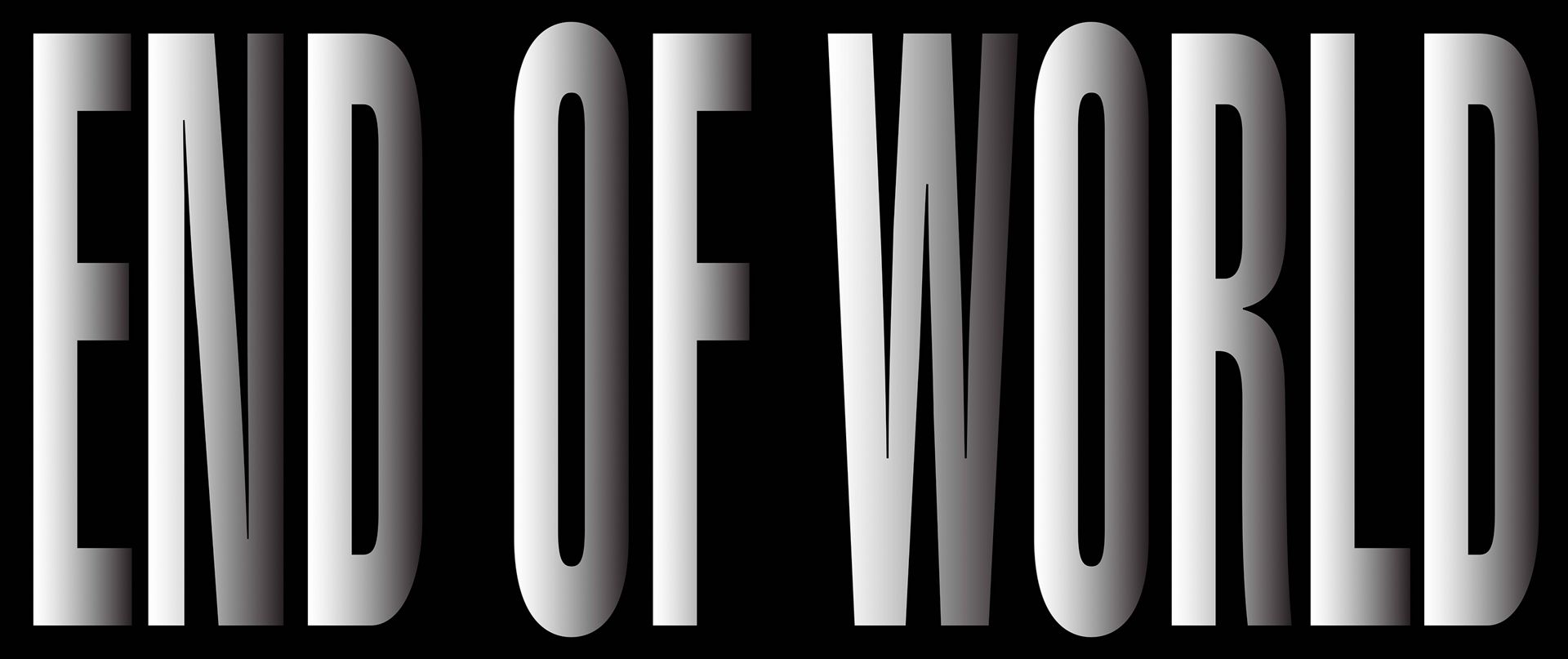 Barbara Kruger is an artist who works with pictures and words in the hopes of revealing and resisting socially ingrained assumptions about power: how it determines who lives and who dies, who is healed and who is housed, who speaks and who is silenced, who is visible and who is marginalized. Since the mid-1970s, she has juxtaposed her own texts with found images in her effort to expose the machinations of capitalism, politics and gender that often go unquestioned.
Barbara Kruger is an artist who works with pictures and words in the hopes of revealing and resisting socially ingrained assumptions about power: how it determines who lives and who dies, who is healed and who is housed, who speaks and who is silenced, who is visible and who is marginalized. Since the mid-1970s, she has juxtaposed her own texts with found images in her effort to expose the machinations of capitalism, politics and gender that often go unquestioned.
By Dimitris Lempesis
Photo: Sprüth Magers Gallery Archive
For over four decades, her voice and aesthetic have transcended the insularity of the art world and influenced everyday visual culture. Her works that are on show exemplify Barbara Kruger’s ability to consistently question how we reveal ourselves to one another and to the cultures that construct and contain us. In her new solo exhibition in London the artist’s most recent text-based wall work and series of vinyls are set in dialogue with a group of ‘paste-ups’—collages from the 1980s related to some of her early and best-known works. Kruger’s new textual wall works (all 2024) grapple with our current dystopian reality. The stark works activate the space and address the viewer with their bold statements, white on black, that play with the seductive visual effects of three-dimensionality. In a compelling voice, large-scale digital prints on vinyl such as “Untitled (A thing called me)” and “Untitled (A thing called you” continue Kruger’s frequent use of pronouns: assuming a speaker and suggesting a recipient, the text aligns the viewer with the work. Unlike the other six stretched works, the adjacent “Untitled (End of world)” is a vinyl wallpaper. Covering an entire wall, its expansive scale confronts viewers with their own positions and feelings. “Untitled (Being and nothingness”), which quotes the title of Jean-Paul Sartre’s 1943 seminal work on existentialism, consciousness and freedom, meets the gigantic words of “Untitled (Winner loser)” that connect to the world’s ongoing cycle of war, power abuse, brutality and subjugation. On the gallery’s first floor, fourteen of Kruger’s famed paste-ups are on display. Money and its corruptible power, a dominant leitmotif in her oeuvre, manifests itself throughout the present selection. As so often, her clever combination of image and text allows for a myriad of possible readings that address and engage our hopes, desires, fears and values. Together, the show’s works exemplify Kruger’s ability to consistently question how we reveal ourselves to one another and to the cultures that construct and contain us. Barbara Kruger’s oeuvre spans photomontages and complex video and sound projects, as well as installations in the public realm. Frequently working outside the bounds of the museum or art gallery, Kruger has always managed to find new ways to reach the public, from traditional pictorial formats to vast architectural installations that transform the walls, ceilings and floors of entire spaces. Her works may appear in magazines and newspapers, the kind of light boxes usually reserved for advertising, T-shirts, posters, shopping bags, billboards, LED displays, displays on buses and in train stations, and on building facades. Kruger’s texts—often in black or white lettering with brightly colored backgrounds, most often red—can become image elements in their own right. They take the form of evocative statements (“I shop therefore I am,” “Your body is a battleground,” “We don’t need another hero”), questions (“Do I have to give up me to be loved by you?”; “Who will write the history of tears?”) and suggestive declarations (“Put your money where your mouth is”; “You are not yourself”). When words pictures appear together, the texts dismantle the found image’s pictorial plane, making room for an abundance of echoes, effects, contradictions and implications. Kruger’s emphatically visual conceptual practice draws on the aesthetics of graphic design and magazines (a field in which she briefly worked early in her career), 1970s punk posters and album covers. It plays with ideas informing the language-based conceptual art of the 1960s and 1970s, including those underpinning text and image works by artists such as John Baldessari, Jenny Holzer and Ed Ruscha, and it adds to the art historical legacy of German Dadaism and Soviet agitprop art by El Lissitzky and Aleksander Rodchenko. Perhaps the biggest difference between Kruger and her predecessors is her strategy of subversive mimicry: Kruger uses the dominant advertising media of late capitalist consumer society to criticize its patriarchal structures, its hierarchies and dynamics, effectively supplanting the innate purposes of these media with her own singular project. Her works are political without trying to persuade viewers to adopt any particular system or ideology. Instead they invoke and rattle positions viewers might take innately on account of their gender, social class, nationality, religion, or age, confronting them with often repressed feelings of powerlessness, ignorance, anger, fear, or greed. They exploit the immediacy of images and texts, and the unconscious and semi-conscious reactions evoked in the beholder, and they upend social stereotypes by forcing viewers to consider them in a new light. They are as seductive as successful advertising and as effective as propaganda. Ultimately Kruger subverts systems of cultural representation, turning it back on itself.
Photo: Barbara Kruger, Untitled (End of world), 2024, Digital print on wallpaper, 332.7 × 774.7 cm | 131 × 305 inches, © Barbara Kruger, Courtesy the artist and Sprüth Magers Gallery
Info: Sprüth Magers Gallery, 7A Grafton Street, London, United Kingdom, Duration: 12/4-18/5/2024, Days & Hours: Tue-Sat 10:00-18:00, https://spruethmagers.com/
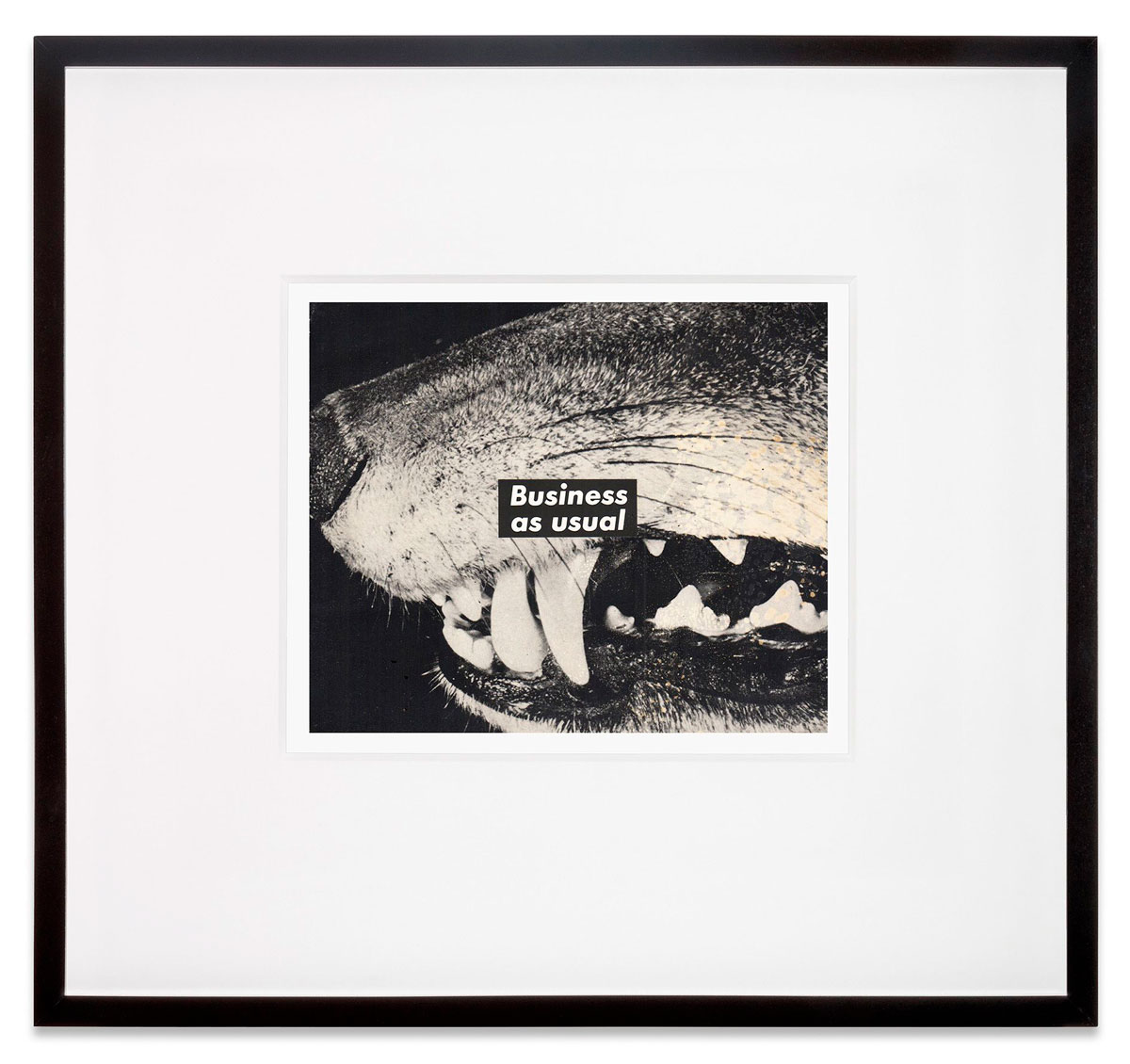
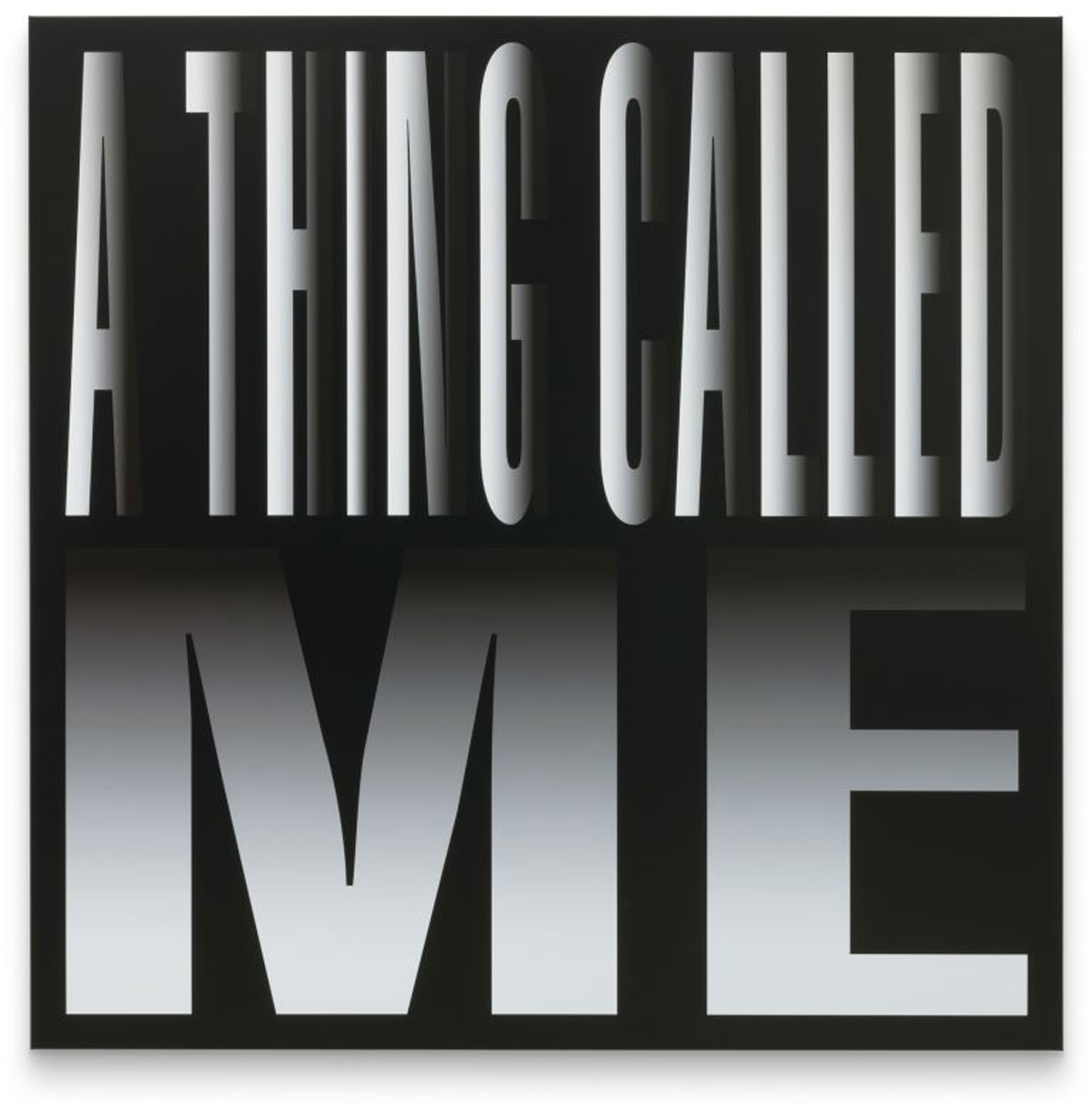
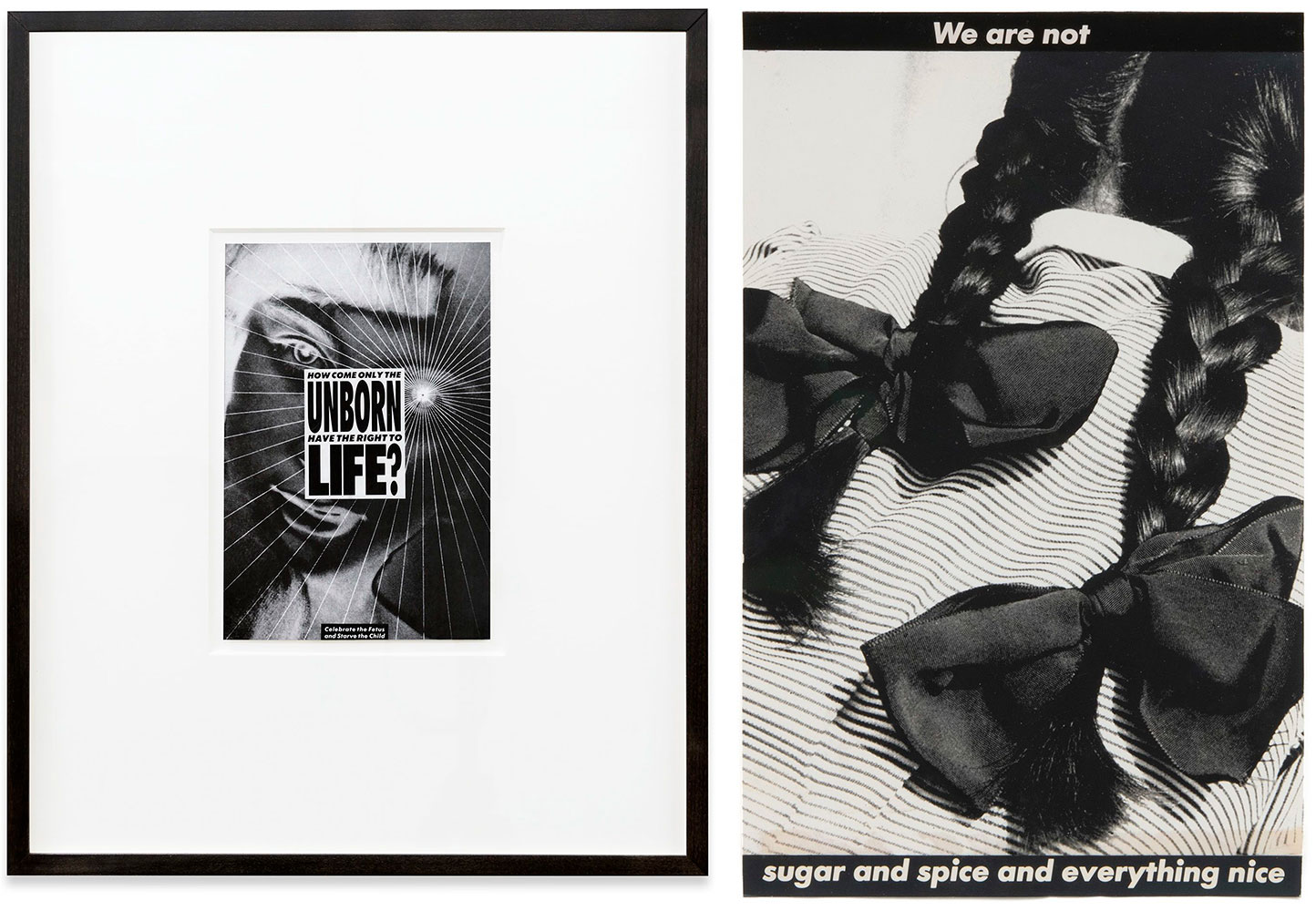
Right: Barbara Kruger, Untitled (We are not sugar and spice and everything nice), 1983, Photograph and type on paper, 25.1 x 15.9 cm | 9 7/8 x 6 1/4 inches, 45.7 x 38.8 x 6.4 cm | 18 x 14 1/2 x 2 1/2 inches (framed), © Barbara Kruger, Courtesy the artist and Sprüth Magers Gallery
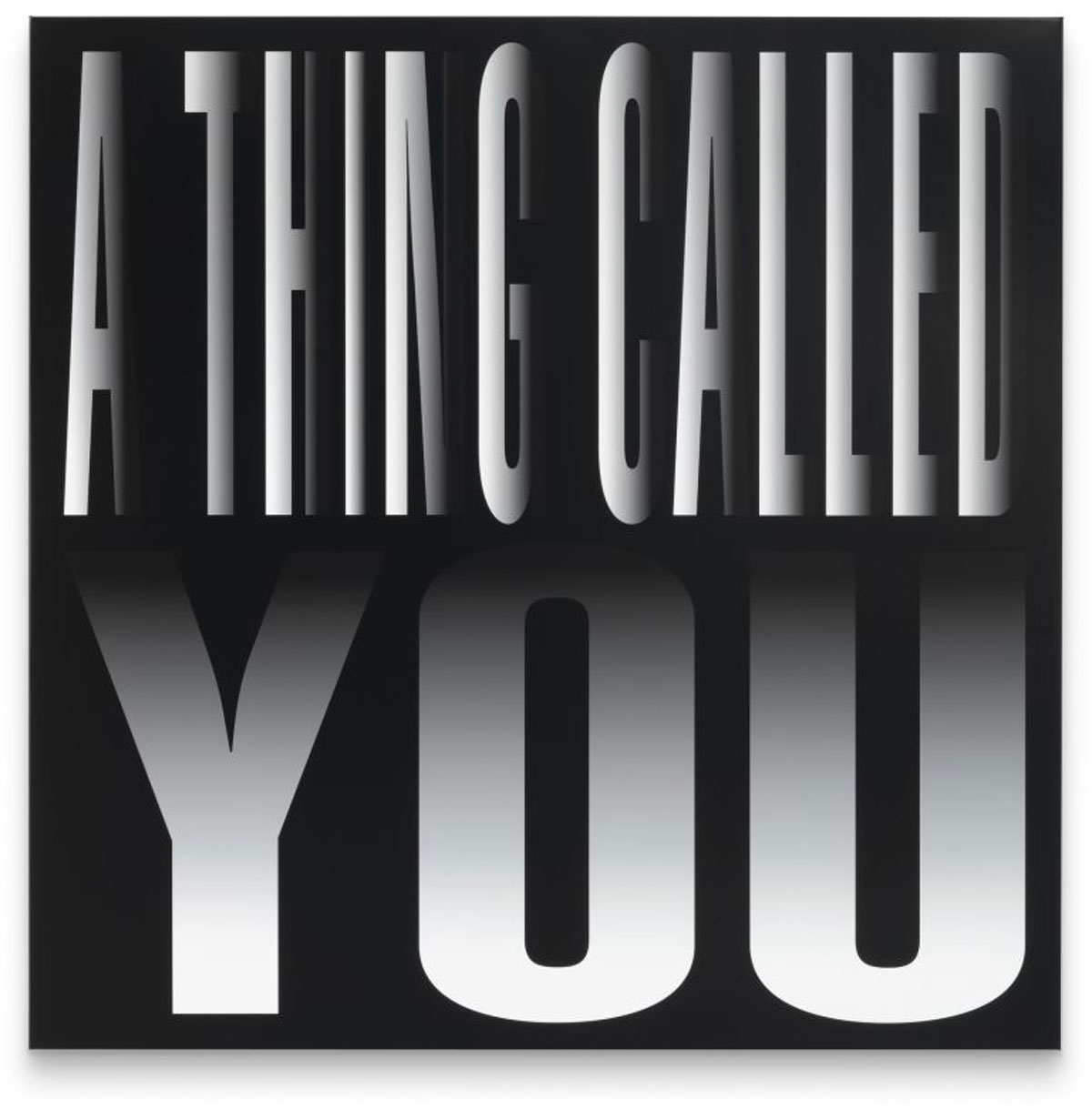
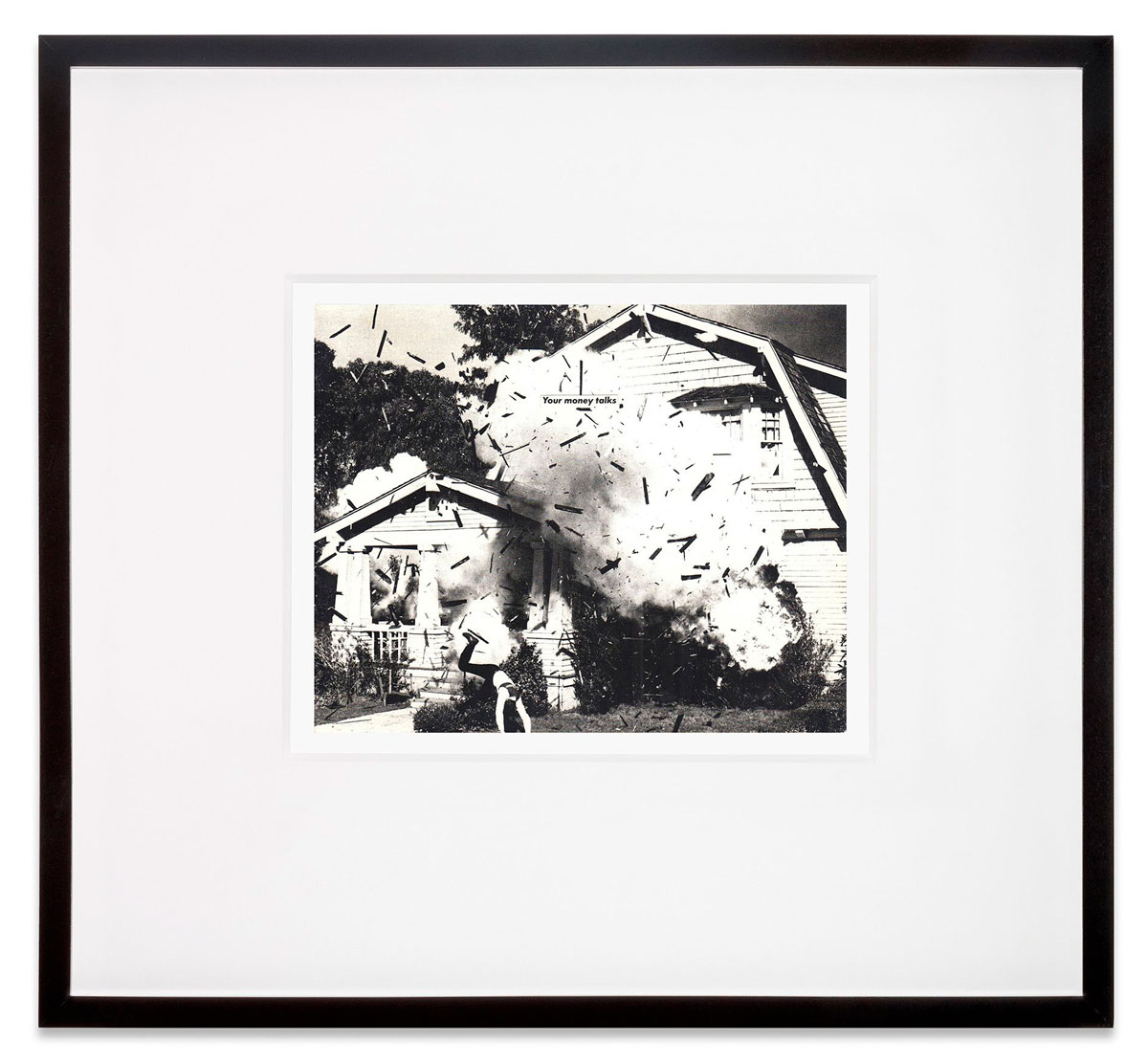

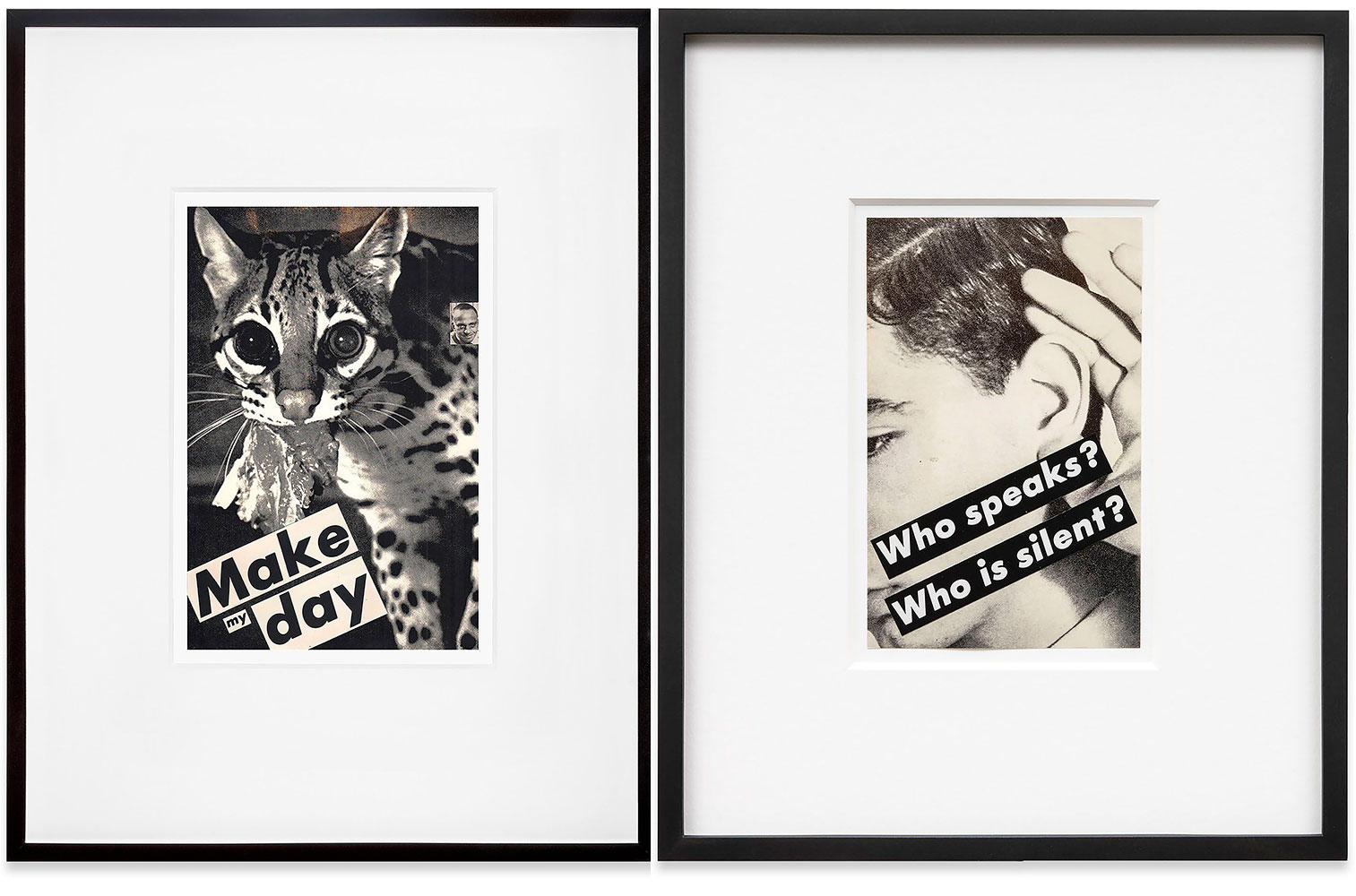
Right: Barbara Kruger, Untitled (Who speaks? Who is silent?), 1984, Photograph and type on paper, 21.6 × 13.7 cm | 8 1/2 × 5 3/8 inches, 41.9 × 34.3 x 6.4 cm | 16 1/2 × 13 1/2 x 2 1/2 inches (framed), Courtesy the artist and Sprüth Magers Gallery

